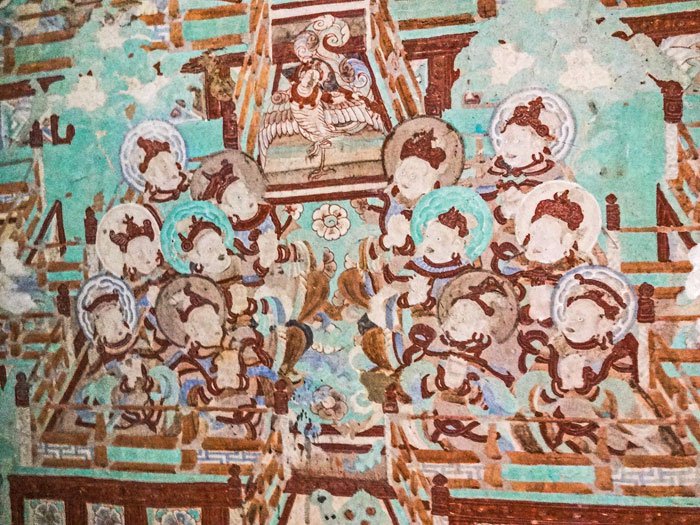Research

The project seeks to uncover and identify the dynamics of cultural encounter and religious transfer in pre-modern Eastern Central Asia and adjacent Tibetan and Chinese regions, as exemplified by the spread, development and inculturation of Buddhism in these areas. Thus the religious exchanges that took place involved a variety of cultures and civilisations, which in various ways were transformed and shaped by their adoption of Buddhism. One specific aspect of this process in Eastern Central Asia and adjacent regions was the rise of a number of local forms of Buddhism. This project intends to investigate such Buddhist localisations as they came about in the period between the 6th–14th centuries.
The project creates a new trans-regional and trans-cultural vision of the religious transfer in Eastern Central Asian history and reconstructs this Buddhist network with its entities and relations with the approach of “connected histories” or “histoire croisée”. It incorporates the fascinating, but as yet under-researched field of Eastern Central Asian Buddhism with its impact on Tibetan and Chinese Buddhist culture into a broader research agenda of Comparative Religious Studies. It establishes a new research approach by bringing together many research fields and agendas (such as Philology, Tibetan Studies, Sinology, Turkology, Buddhist Studies, Art History, Archaeology, Religious Studies) into one synthesising narrative based on a unique perspective, in which, religious exchange in Eastern Central Asia and beyond is analysed as a dynamic network emerging in its spatial and temporal aspects. For the first time the multi-layered relationships between the trans-regional Buddhist traditions (Chinese, Indian, Tibetan) and those based on local Buddhist cultures (Tocharian, Khotanese, Uyghur, Tangut) are explored in a systematic way. The project thereby opens a new understanding of the early spread of Buddhism in Tibet.
The research undertaken has been conceptualised as falling under seven primary fields, which function as the over-all headings for the various lesser themes which the project seeks to elucidate. These major fields are as follows:


